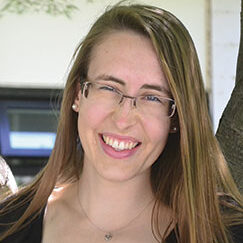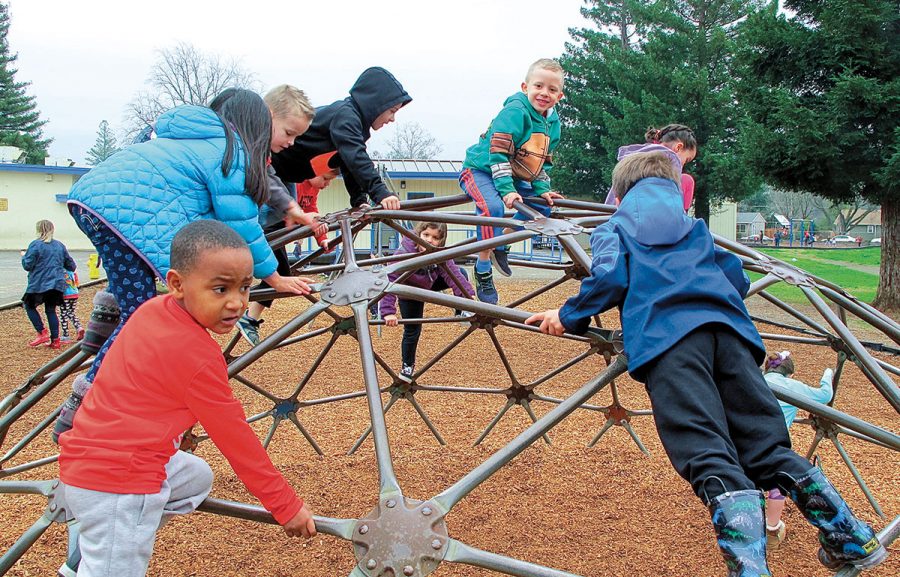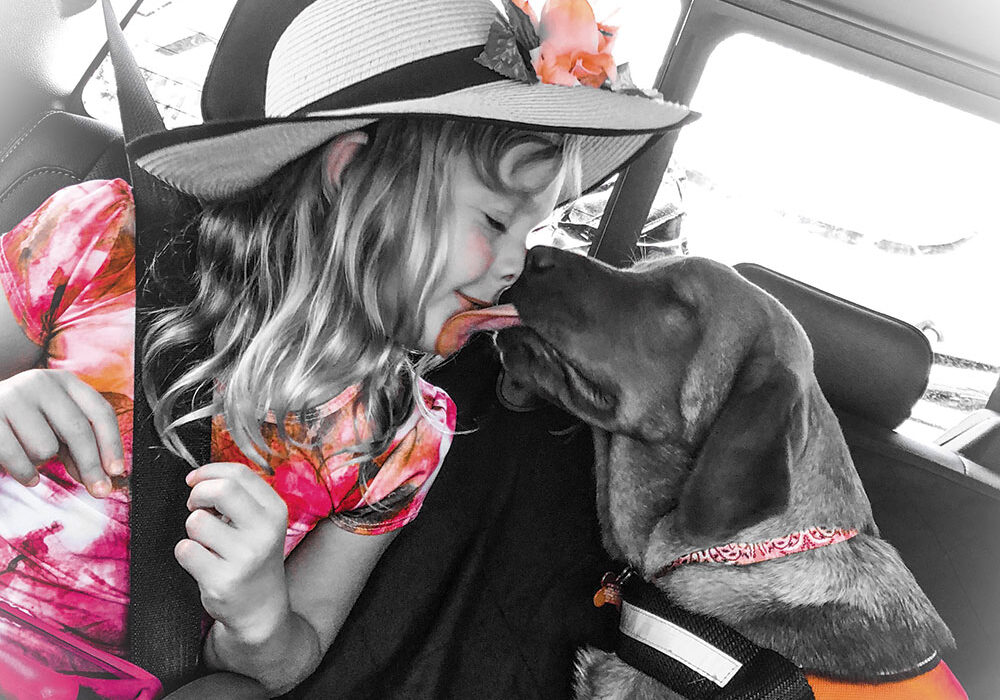Healthy Play
Helping Kids Build Community And Empathy Through Play
“Why do we play? What is the most important part of every game?” The Healthy Play program curriculum used in Chico Unified School District elementary schools begins by posing these two questions. As kids brainstorm answers, Healthy Play staff guide the discussion to reveal Healthy Play’s two foundational principles. “We play to have fun, and people are the most important part of every game or activity.”
Scott Lindstrom, who coordinated student support services at CUSD elementary schools for 30 years, describes the Healthy Play program as a “philosophy of building kids’ community and social skills through play.” Created by Charlie Steffens and Spencer Gorin, Healthy Play recognizes play as a tool for the social-emotional development of children. “If a student can’t add, we teach him math. If a student can’t read, we teach her how to read,” Scott explains. “In Healthy Play, instead of assuming kids know how to behave, we teach them. We weave lessons like empathy and problem solving into their playtime because play is the core of kids’ lives. Play is the center of how children socialize, how they build friendships, how they learn skills.”
Based on the idea of play as a tool for learning, Healthy Play creates win-win team-building games that foster community and social skills by minimizing the importance of winning and losing. “Think of tag,” Scott explains. “You start with one or two ‘Its,’ and pretty soon you have only one or two people who are not ‘It.’ Everyone ends up on the same team, and suddenly the game is over and starting again.” The fun, fast pace of the games reduces time to wallow in loss or gloat in victory.
Healthy Play games are designed to create positive physical interaction. Scott gives this example: “You might have a game where a person is base and three people must touch the base to create a safe zone. The leader might make green shoes the qualification for base, and suddenly the outcast kid with green shoes has become the one everyone wants to hang on to.” The games also add equalizing twists, like requiring everyone to walk heel-to-toe in a game of tag. Mele Benz, principal of CUSD’s Sierra View Elementary School, says these measures teach kids to “value people and fun above winning, creating a culture where everyone on the playground is important, no matter the outcome of the game.”
Kids familiar with the program learn to evaluate their play by the two main principles of having fun and taking care of people. To reinforce these principles, Healthy Play implements two practical rules. The first rule says that if someone gets hurt in a game, the closest person stays with the injured player. Under this rule, Scott notes, the child who knocked down his peer often becomes the caretaker. Mele Benz notes that this practice “teaches empathy, translates to fewer office referrals, fewer injuries, and more smiles.” Scott recounts seeing kids stop and take care of an injured opponent. “Parents will tell their kids to get back in the game and the child will say, ‘But I’m the closest one!’ They really learn to slow down and take care of people.”
The second rule states that kids must take arguments out of the game. Kids may disagree for as long as they like, but the game carries on without them. “We build juicy games,” Scott says, “so kids really want to get back into the game instead of argue. Often kids will settle with a quick ro-sham-bo.” Essentially, the rule reduces the arguing cooked up in heated competition by eliminating any benefit of quarreling over the game rules.
After an invigorating Healthy Play game, kids come together for a time of recognition and compliments. Facilitators ask kids to name peers who played fairly or took care of others. This trains children to look for and articulate goodness in each other, and to receive praise from peers. “Sometimes it is more difficult for adults to receive compliments than to give them,” Scott says, “so it’s important to learn to receive acknowledgment in childhood.”
Healthy Play has impacted CUSD elementary schools for the last 20 years, ever since Scott came across the program early in his time with the district. The curriculum complements what Scott describes as a “growing understanding of kids not just as academic learners, but as human beings who need to feel safe. It’s an understanding of the value of human relationship in life and learning.”
Curious? Read Charlie Steffens and Spencer Gorin’s book Learning to Play, Playing to Learn, or contact CUSD elementary schools to hear how Healthy Play has influenced their campuses.
Posted in: Community
Comment Policy: All viewpoints are welcome, but comments should remain relevant. Personal attacks, profanity, and aggressive behavior are not allowed. No spam, advertising, or promoting of products/services. Please, only use your real name and limit the amount of links submitted in your comment.
You Might Also Like...
Shopping With Purpose: Little Red Hen Makes a Big Difference
For nearly 16 years Little Red Hen has served the North State community’s developmentally disabled residents. Originally started with one plant nursery, the non-profit organization has expanded over the years […]
A Fusion of Fun and History – AutumnFest at the Patrick Ranch Museum
Looking for something fun, but not scary, to do during the month of October with the kids? How about painting a live donkey and taking your child’s picture with it? […]
FOCUS Film Festival: Cultivating Cooperation, Education, Inspiration
Most people view autism spectrum disorder as just that, a disorder. But if you ask Sharisa Joy Kochmeister, “Autism is a gift disguised as a dilemma.” Sharisa was thought to […]
Tips for Kids’ Parties – Less Stress, More Fun!
Your child’s birthday is just around the corner and you promised a party. With all your day-to-day commitments, you may be wondering where to begin. These tips can help pave […]



